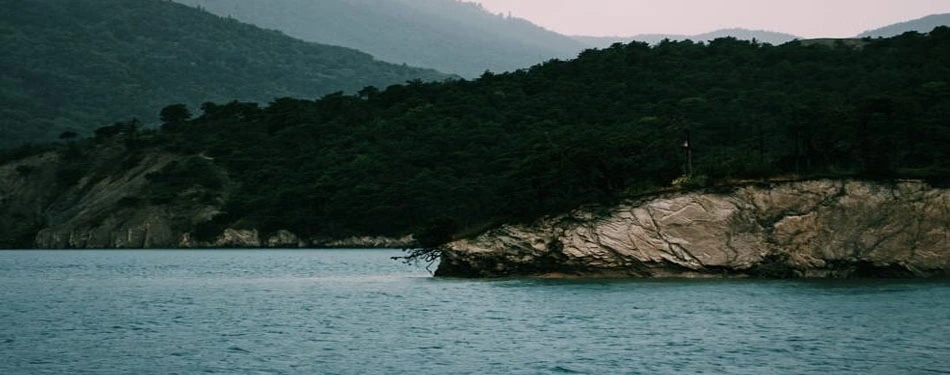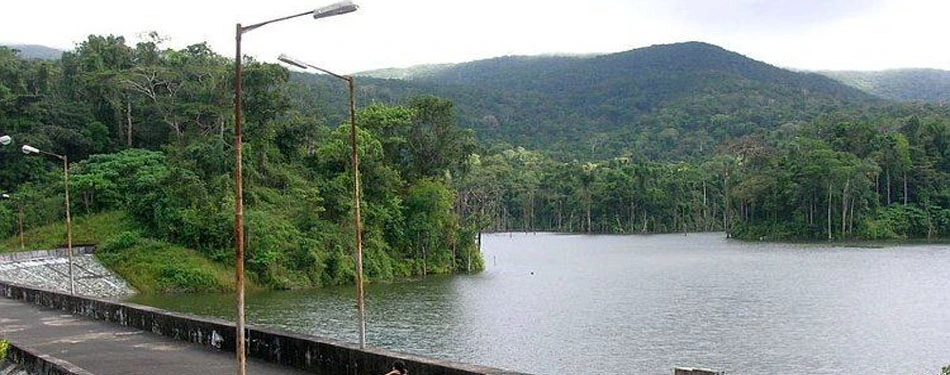Rivers of Andaman: Exploring the Lifelines of the Islands

The Andaman Islands, a serene archipelago in the Bay of Bengal, are not just known for
their picturesque beaches and rich biodiversity but also for the rivers that meander
through them. These rivers, often referred to as the lifelines of the islands, play a
crucial role in the ecosystem and the lives of the local communities. In this
exploration, we dive into the significance, beauty, and uniqueness of the rivers in the
Andaman Nicobar Island, shedding light on why they're considered some of the best lakes
and rivers in Andaman and how they drain into the Andaman Sea.
The Essence of the Rivers of Andaman
The rivers of Andaman are more than just water bodies; they are the heart and soul of the
island's natural landscape. These rivers, although not as large as those on the
mainland, are critical for the ecological balance, supporting a diverse range of flora
and fauna. They also serve as vital sources of freshwater for the local communities and
play a key role in agriculture and fishing, which are the mainstays of the island's
economy.
Rivers that flow through Andaman and Nicobar

The Andaman and Nicobar Islands are graced with several captivating rivers, each
contributing to the islands' natural beauty and ecological diversity. Among the notable
rivers that flow through this archipelago are the Kalpong River, Wampyo
River, and the
Kala-Pani River. The Kalpong River, the longest river in the Andaman
Islands, meanders
through verdant forests and pristine landscapes, offering picturesque views and serving
as a habitat for various species of flora and fauna. The Wampyo River, on the other
hand, is renowned for its tranquil ambiance, making it a popular destination for river
cruises and nature enthusiasts. Lastly, the Kala-Pani River, named after the infamous
cellular jail, adds to the historical significance of the region while also supporting
the island's delicate ecosystem. These rivers not only enhance the scenic charm of
Andaman and Nicobar but also play a crucial role in sustaining life on the islands.
The Unique Ecosystems
Rivers in the Andaman Nicobar island create unique ecosystems where freshwater meets the
sea, leading to the formation of estuaries and mangrove forests. These ecosystems are
not only crucial for the breeding of fish and other aquatic species but also act as
buffers against coastal erosion and natural disasters, such as tsunamis and cyclones.
The mangrove-lined rivers are a haven for biodiversity, hosting various species of
birds, fish, and reptiles.
Check out more blogs
Black Water in Andaman and Nicobar
One of the most fascinating aspects of the rivers here is the occurrence of "black water"
in Andaman and Nicobar. This phenomenon is primarily observed in the mangrove forests,
where the decomposition of organic matter in the water under low oxygen conditions leads
to the formation of a dark, tea-like water. This black water is not just a unique
natural spectacle but also a testament to the rich organic processes that sustain the
mangrove ecosystems.
The Lifelines of the Islands
The rivers in the Andaman Nicobar island are indeed the lifelines, providing not just
ecological benefits but also supporting the livelihoods of the local communities. They
are crucial for the transportation of goods and people between the islands and the
mainland, acting as natural highways in this archipelagic region.
Tourism and Recreation
Beyond their ecological and economic significance, the rivers and lakes in Andaman are
also popular tourist attractions. They offer opportunities for recreational activities
such as boating, fishing, and mangrove kayaking, allowing visitors to experience the
serene beauty and rich biodiversity of the islands up close. The clear waters,
surrounded by lush greenery and the tranquility of nature, make these rivers and lakes
some of the best in Andaman for nature lovers and adventure seekers alike.
Conservation Efforts
The preservation of the rivers and their ecosystems is of great importance to maintaining
the natural beauty and ecological balance of the Andaman Islands. Various conservation
efforts are underway to protect these vital water bodies from pollution, deforestation,
and other environmental threats. The emphasis on sustainable tourism and eco-friendly
practices aims to ensure that the rivers continue to thrive and support the rich
biodiversity of the islands.
The Rivers Drain in Andaman Sea
The rivers of Andaman gracefully wind their way through the islands before eventually
draining into the Andaman Sea. This natural process is crucial for the transportation of
nutrients from the land to the sea, supporting marine life and maintaining the health of
the coastal waters. The interaction between the freshwater of the rivers and the saline
water of the sea creates a dynamic and productive environment that supports a diverse
array of life forms.
Click here for further details
Conclusion
The rivers of Andaman are not just water bodies; they are the essence of the islands'
natural heritage, supporting a diverse ecosystem and providing livelihoods to the local
communities. From the unique mangrove forests to their role as the best lakes and rivers
in Andaman for tourism and recreation, these rivers are truly the lifelines of the
islands. As we explore and appreciate the beauty and significance of these rivers, it's
also our responsibility to support conservation efforts to protect them for future
generations. The rivers in Andaman Nicobar Island, with their serene beauty and
ecological importance, remind us of the intricate connections between land, water, and
life.

